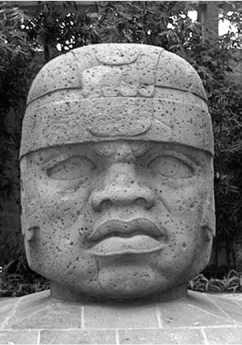Mesoamerican and South American Mythologies: Maya, Aztec, IncaMesoamerica |
What is the history of Mesoamerican cultures? |
People practicing agriculture and living in villages existed in Mesoamerica at least as early as 7000 B.C.E., and by 2500 B.C.E. a culture had emerged along the Gulf coast of what is today Mexico (Veracruz, Tobasco) that can reasonably be called “pre-Olmec,” that is, leading directly to the first of the great Mesoamerican civilizations, the Olmec. The Olmec flourished between about 1500 and 400 B.C.E. Meanwhile, further south in Mexico and well into Central America, Mayan civilization had emerged and remained strong from about 1500 B.C.E. until the Spanish conquest in the early sixth century. By 600 B.C.E. the Zapotec had developed a civilization centered in the city of Monte Alban in what today is Oaxaca. The great pyramid city of Teotihuacan, near today’s Mexico City, was the center of another civilization. It lasted from about 200 B.C.E. until about 750 C.E. The next important Mesoamerican civilization was that of the Toltec of Tula, which flourished between 800 and 1000 C.E. and was the direct mythological ancestor of the Mexica, or Aztecs, who built the city of Tenochtitlan in what is today Mexico City and dominated Mesoamerica from about 1350 C.E. until the Spanish conquered them under Hernán Cortés in 1521.

An Olmec head is seen here displayed at the Museum of Anthropology in Xalapa, Mexico.
